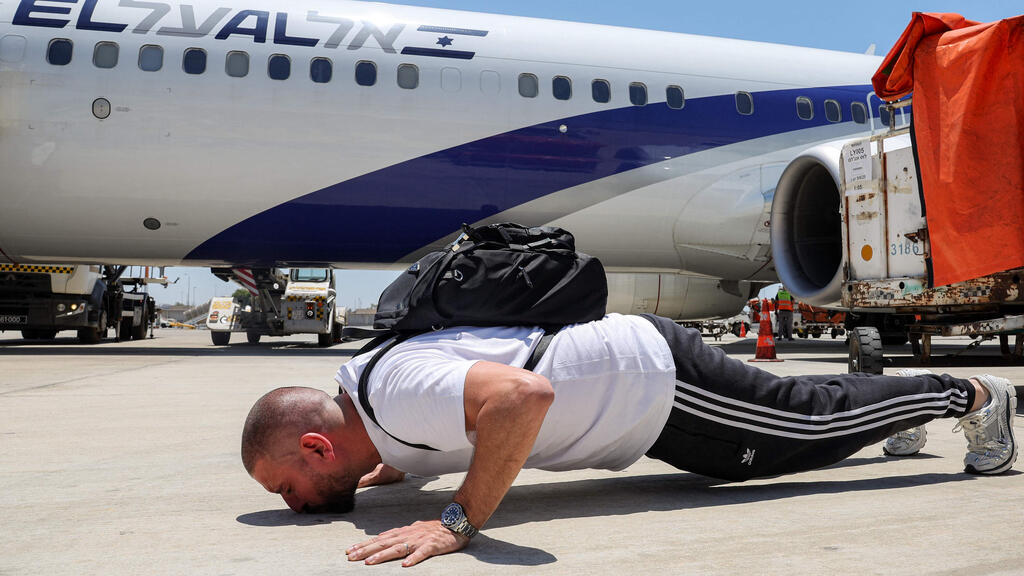A new report from the Knesset’s Research and Information Center, prepared for a discussion led by Democrats party lawmaker Gilad Kariv, highlights the scale of this decline, its causes and the challenges of reversing it.
The data will be discussed at an upcoming meeting of the Knesset’s Immigration, Absorption and Diaspora Affairs Committee, focusing on strategies to bring Israelis back from abroad.
Between 2014 and 2024, 73,189 Israelis returned, averaging 6,650 annually. However, since 2020, the number has plummeted by 53%, falling from 7,987 in 2020 to just 3,793 in 2024 according to the report. The sharpest drop occurred in 2023, with only 4,470 returnees compared to 7,529 in 2022. The downward trend continued into 2024.
The report attributed this decline to public unrest over the judicial reforms, which sparked intense protests and social divisions, as well as the Hamas attack and its aftermath. High living costs and difficulties reintegrating into Israeli society further deter returnees.
From 2020 to 2024, about 30,000 returnees came from various countries. North America, particularly the United States and Canada, accounted for 50% (roughly 15,000 people), while the United Kingdom, Germany and France contributed 13% (about 3,900 people).
Russia and Ukraine made up 8% (around 2,400 people), with a spike in 2022 due to the Russia-Ukraine war. Other countries, including Romania, Moldova and Australia, represented 23% (approximately 6,750 people).
The report noted that 30% of returnees came back within five years of leaving, while 70% returned after longer periods, with a third returning after a decade or more. About 33% of returnees are under 18 (around 9,030 individuals), 56% are working-age adults (18–60) and 13% are over 60.
Returnees face significant hurdles, including a six-month waiting period for health care access unless they pay 15,060 shekels ($4,000) to waive it. Previous government programs, such as a 2010 initiative to encourage returns, are no longer active. Current support includes counseling, financial aid, professional training and tax benefits, but these vary based on the duration of time spent abroad.
Kariv emphasized the need for a long-term plan to encourage Israeli families to return. “It’s unacceptable that the last government decision on this issue was made 15 years ago,” he said. “Israelis abroad form the second-largest Jewish community in the diaspora and encouraging their return is integral to our mission.”
Kariv linked the steep decline in returnees to the government’s judicial reform push, arguing that it disrupted expectations of a post-COVID-19 return surge. “The government’s attack on the judiciary derailed this trend entirely,” he claimed.
The Immigration and Absorption Ministry operates “Israel Houses” in 10 locations abroad but experts argue for expanded efforts, particularly in North America and Europe, where most returnees originate.
The upcoming Knesset discussion will also address disparities in rights between returnees and new olim, as well as challenges like navigating National Insurance regulations.
Estimates of Israelis living abroad vary: Israel’s Central Bureau of Statistics reported 571,000 to 613,000 in 2021, excluding children born abroad to Israelis, while the Immigration and Absorption Ministry estimated around one million.


